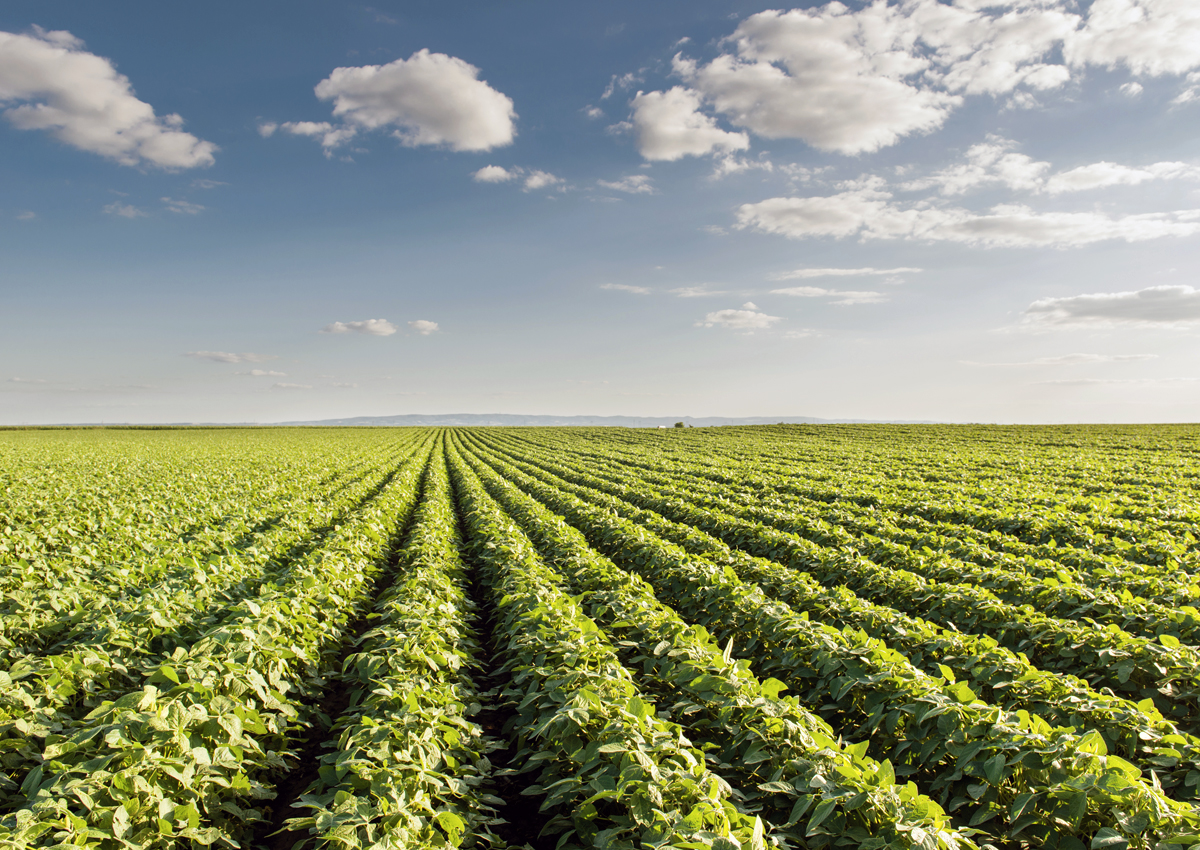Crop Biotechnology Continues to Provide Higher Farmer Income and Significant Environmental Benefits1
| |

Farmers who planted genetically modified (GM) crops increased their incomes by almost $19 billion in 2018 and reduced carbon emissions by 23 billion kilograms or the equivalent of removing 15.3 million cars from the roads that year. The higher income represents $4.42 in extra income for each extra dollar invested, according to a report released today by PG Economics.
“GM crop technology continues to make an important contribution to reducing the environmental footprint of agriculture and securing global food supplies in a sustainable way. It has also helped lift many small, resource-poor farmers and their families in developing countries out of poverty” said Graham Brookes, director of PG Economics, co-author of the report.
Highlights in the peer reviewed2 report include:
Crop biotechnology has reduced agriculture’s environmental impact
- Crop biotechnology has significantly reduced agriculture’s greenhouse gas emissions by helping farmers adopt more sustainable practices such as reduced tillage, which decreases the burning of fossil fuels and retains more carbon in the soil. Had GM crops not been grown in 2018, for example, an additional 23 billion kilograms of carbon dioxide would have been emitted into the atmosphere, which is the equivalent of adding 15.3 million cars to the roads.
- From 1996 to 2018, crop biotechnology reduced the application of crop protection products by 776 million kilograms, a global reduction of 8.6 percent. This is equal to more than 1.6 times China’s total crop protection product use each year. As a result, farmers who grow GM crops have reduced the environmental impact associated with their crop protection practices by 19 percent3.
Crop biotechnology delivers an excellent return on investment for the farmers using the technology
- In 2018, farmers in developing countries received $4.42 as extra income for each extra dollar invested in GM crop seeds, whereas farmers in developed countries received $3.24 as extra income for each extra dollar invested in GM crop seeds.
- The net farm level economic benefit was just under $19 billion in 2018, equal to an average increase in income of $103/hectare. From 1996 to 2018, the net global farm income benefit was $225 billion, equal to an average increase in income of $96.7/hectare.
Crop biotechnology has contributed to global food security and reduced pressure to use new land in agriculture
- GM crop technology has improved yields through improved control of pests and weeds. For example, insect resistant (IR) crop technology used in cotton and corn has, between 1996 to 2018, across all users of this technology, increased yields by an average of 16.5 percent for IR corn and 13.7 percent for IR cotton relative to conventional production systems. Farmers who grow IR soybeans commercially in South America have seen an average 9.4 percent increase in yields since 2013.
- Over 23 years of widespread use, crop biotechnology has been responsible for the additional global production of 278 million tonnes of soybeans, 498 million tonnes of corn, 32.6 million tonnes of cotton lint, and 14 million tonnes of canola.
- GM crops allow farmers to grow more without needing to use additional land. For example, if crop biotechnology had not been available to farmers in 2018, maintaining global production levels that year would have required the planting of an additional 12.3 million hectares (ha) of soybeans, 8.1 million ha of corn, 3.1 million ha of cotton and 0.7 million ha of canola. This is equivalent to needing an additional 14 percent of the arable land in the United States, or roughly 38 percent of the arable land in Brazil or 16 percent of the cropping area in China.
For additional information, contact Graham Brookes at Tel +44(0) 1432 851007. www.pgeconomics.co.uk
--------------------
- Report available at www.pgeconomics.co.uk. Also available as two separate papers (with open access) covering economic and environmental impacts, in the peer review journal GM Crops and Food. The environmental impact paper is forthcoming, available at GM Crops & Food, DOI 10.1080/21645698.2020.1773198. The economic impact paper is also forthcoming at DOI 10.1080/21645698.2020.1779574
- Peer reviewed means accepted for publication in a scientific journal after review by independent experts in the subject(s).
- As measured by Cornell University’s Environmental Impact Quotient (EIQ) indicator.
| Newer Post | Archive | Older Post |
Science Speaks is ISAAA Inc.'s official blog. Weekly blog articles, authored by ISAAA writers, partners, and invited contributors, aim to help share, disseminate, and promote scientific knowledge and its vital role in achieving global agricultural sustainability and development. Your support to Science Speaks will help us achieve this goal. You can help us by donating as little as $10.

